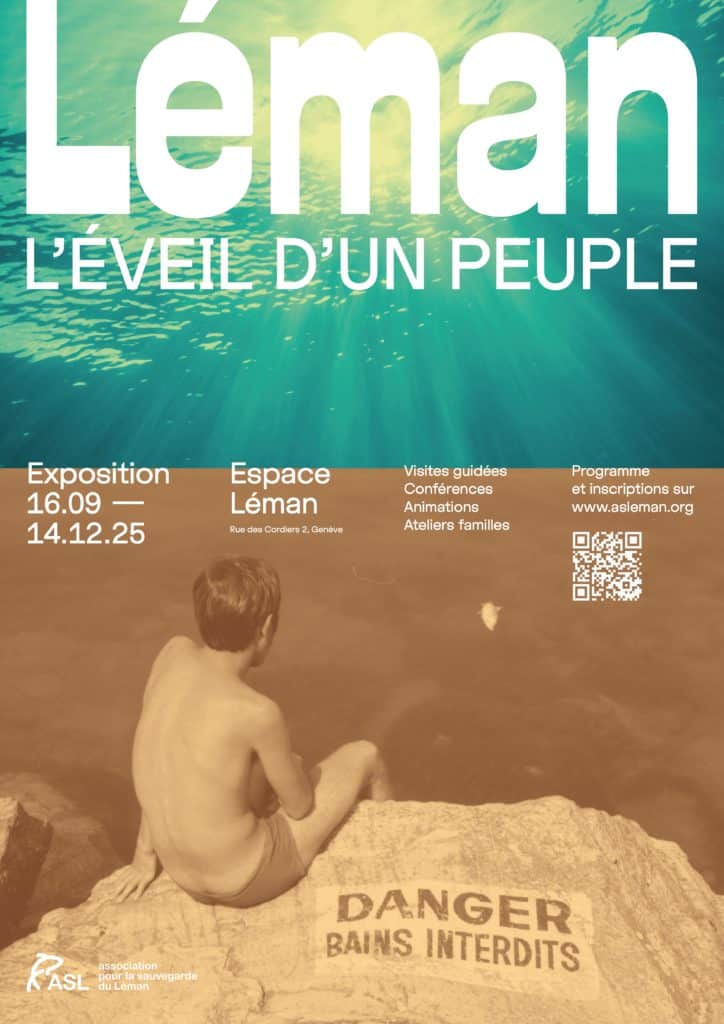𝘊'𝘦𝘴𝘵 𝘶𝘯𝘦 𝘱𝘰𝘶𝘭𝘦 𝘦𝘵 𝘶𝘯 𝘤𝘢𝘯𝘢𝘳𝘥. 𝘓𝘢 𝘱𝘰𝘶𝘭𝘦 𝘥𝘪𝘵 𝘢𝘶 𝘤𝘢𝘯𝘢𝘳𝘥 : " 𝘉𝘳𝘳.... 𝘐𝘭 𝘧𝘢𝘪𝘵 𝘶𝘯 𝘧𝘳𝘰𝘪𝘥 𝘥𝘦 𝘤𝘢𝘯𝘢𝘳𝘥!" "𝘔'𝘦𝘯 𝘱𝘢𝘳𝘭𝘦 𝘱𝘢𝘴, 𝘫'𝘢𝘪 𝘭𝘢 𝘤𝘩𝘢𝘪𝘳 𝘥𝘦 𝘱𝘰𝘶𝘭𝘦".
For the last ten days or so, Lake Geneva has been under the influence of a vast low-pressure system which has kept us in a mass of polar maritime air. In other words, it's freezing. The species (the Quail) has long since left to spend the winter where the weather is better. The expression actually refers to the verb cailler, which means "to freeze the blood", a situation that occurs at very low temperatures, by... 𝗳𝗿𝗼𝗶𝗱 𝗱𝗲 𝗰𝗮𝗻𝗮𝗿𝗱!
In autumn, as the Quail flies away from our countryside, many waterfowl come to spend the winter on Lake Geneva. (𝘝𝘰𝘪𝘳 60𝘴 𝘴𝘶𝘳 𝘭𝘦𝘴 𝘰𝘪𝘴𝘦𝘢𝘶𝘹 𝘩𝘪𝘷𝘦𝘳𝘯𝘢𝘯𝘵𝘴). 𝗖𝗼𝗺𝗺𝗲𝗻𝘁 𝗳𝗼𝗻𝘁-𝗶𝗹𝘀 𝗽𝗼𝘂𝗿 𝘀𝘂𝗽𝗽𝗼𝗿𝘁𝗲𝗿 𝗹𝗲 𝘁𝗲𝗺𝗽𝘀 𝗴𝗹𝗮𝗰𝗶𝗮𝗹? Birds have different metabolic mechanisms that enable them to cope with extreme cold.
The plumage is one of them. 𝗟𝗲𝘀 𝗼𝗶𝘀𝗲𝗮𝘂𝘅 𝗽𝗼𝘀𝘀𝗲̀𝗱𝗲𝗻𝘁 𝗽𝗿𝗶𝗻𝗰𝗶𝗽𝗮𝗹𝗲𝗺𝗲𝗻𝘁 𝗱𝗲𝘂𝘅 𝘁𝘆𝗽𝗲𝘀 𝗱𝗲 𝗽𝗹𝘂𝗺𝗲𝘀: the 𝘱𝘦𝘯𝘯𝘦𝘴 feathers comprising the 𝘳𝘦́𝘮𝘪𝘨𝘦𝘴 (wing feathers) and 𝘳𝘦𝘤𝘵𝘳𝘪𝘤𝘦𝘴 (tail feathers) are used for flight. They do not play a thermal role. The 𝘵𝘦𝘤𝘵𝘳𝘪𝘤𝘦𝘴 feathers are the bird's thermoregulatory coat. It consists of two layers: large feathers on the outside 𝗿𝗲𝗰𝗼𝘂𝘃𝗿𝗲𝗻𝘁 𝘂𝗻𝗲 𝗰𝗼𝘂𝗰𝗵𝗲 𝗱𝗲 𝗱𝘂𝘃𝗲𝘁 (relatively thick in water birds) made up of small, light feathers.
Under the feathers is the animal's 𝗹𝗮 𝗽𝗲𝗮𝘂. This has a dermis (part under the epidermis) that is often 𝗰𝗵𝗮𝗿𝗴𝗲́ 𝗲𝗻 𝗴𝗿𝗮𝗶𝘀𝘀𝗲. As well as keeping warm, fat storage provides an energy resource when food is scarcer.
The thick coat of feathers covers most of the bird's body, giving it a 𝘁𝗲𝗺𝗽𝗲́𝗿𝗮𝘁𝘂𝗿𝗲 𝗰𝗼𝗿𝗽𝗼𝗿𝗲𝗹𝗹𝗲 𝗱'𝗲𝗻𝘃𝗶𝗿𝗼𝗻 𝟰𝟭°. However, careful observers will notice that the legs are not wrapped.
Heating its legs would cause a great loss of energy for the bird. I𝗹 𝗮 𝗱𝗼𝗻𝗰 𝗱𝗲́𝘃𝗲𝗹𝗼𝗽𝗽𝗲́ 𝘂𝗻 𝗺𝗲́𝗰𝗮𝗻𝗶𝘀𝗺𝗲 𝗱'𝗲́𝗰𝗵𝗮𝗻𝗴𝗲𝘂𝗿 𝗱𝗲 𝗰𝗵𝗮𝗹𝗲𝘂𝗿 𝗮̀ 𝗰𝗼𝗻𝘁𝗿𝗲-𝗰𝗼𝘂𝗿𝗮𝗻𝘁. The heat of the blood is transferred from the artery (warm blood) to the vein (cooled blood) before it passes into the legs. The blood continues to flow through the legs, but the heat is retained in the bird's body, deliberately leaving its feet cold.
This device reduces energy wastage by avoiding heating a poorly insulated part of the body. 𝗜𝗹 𝗮 𝗱'𝗮𝗶𝗹𝗹𝗲𝘂𝗿𝘀 𝗶𝗻𝘀𝗽𝗶𝗿𝗲́ 𝗹𝗲𝘀 𝗵𝘂𝗺𝗮𝗶𝗻𝘀 𝗽𝗼𝘂𝗿 𝗹𝗲 𝗰𝗵𝗮𝘂𝗳𝗳𝗮𝗴𝗲 𝗱𝗲𝘀 𝗯𝗮̂𝘁𝗶𝗺𝗲𝗻𝘁𝘀 and is probably also the origin of the expression "a cold duck", as a contraction of "il fait un froid à en geler les pattes d'un canard".
Another explanation is linked to duck hunting. In fact, ducks were hunted in autumn and winter, and consequently in cold weather, curdling the patient and immobile hunter who waited for his prey.

Photo credits :
![]() Kai Taimsalu
Kai Taimsalu
Sources :
![]() Cowb.be (2014), "Birds' adaptations to withstand the cold."
Cowb.be (2014), "Birds' adaptations to withstand the cold."


